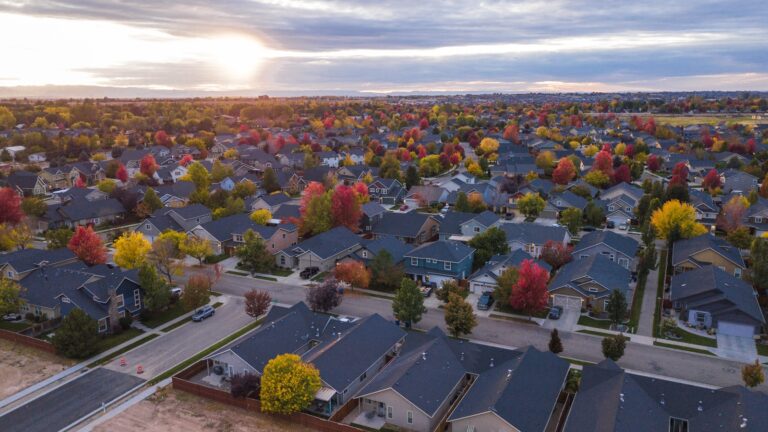Ideas to Create
Community advocacy is a powerful tool for driving social, environmental, and political change. When individuals come together with a shared purpose, their collective voice can influence policies, raise awareness, and foster sustainable improvements. However, building effective community advocacy requires strategic planning, engagement, and creativity. This article explores actionable ideas to create community advocacy for change, supported by real-world examples and research-backed insights.
Understanding Community Advocacy
Community advocacy involves mobilizing local residents to address issues affecting their lives. It can range from grassroots campaigns to organized lobbying efforts. According to a 2022 report by the National Civic League, communities with active advocacy groups are 40% more likely to see policy changes that improve public health, education, and safety.
Successful advocacy hinges on empowering community members, fostering collaboration, and maintaining sustained momentum. Below are key ideas to help catalyze and sustain community advocacy efforts.
1. Build Strong Relationships and Trust
Trust is the foundation of any movement. Without it, community members may be reluctant to participate or support initiatives.
- Host Listening Sessions: Organize informal meetings where residents can voice concerns and share ideas. This approach was effectively used by the Detroit Community Health Connection to identify local health priorities.
- Engage Local Leaders: Partner with respected figures such as religious leaders, educators, and business owners who can champion the cause and lend credibility.
- Maintain Transparency: Regularly update the community on progress, challenges, and next steps to build trust and accountability.
2. Leverage Social Media and Digital Platforms
In today’s digital age, social media is a vital tool. It allows rapid dissemination of information and mobilizes supporters beyond geographical boundaries.
- Create Engaging Content: Use videos, infographics, and stories to highlight issues and successes. The #FridaysForFuture movement, started by Greta Thunberg, exemplifies how social media can galvanize global youth climate activism.
- Utilize Hashtags and Campaigns: Develop unique hashtags to unify messaging and track engagement.
- Host Virtual Events: Webinars, live Q&A sessions, and online workshops can educate and involve community members who cannot attend in person.
3. Organize Community Events and Actions
Face-to-face interactions remain crucial for building solidarity and demonstrating commitment.
- Community Clean-Ups and Service Projects: These activities not only improve the local environment but also foster a sense of ownership and pride.
- Public Demonstrations and Rallies: Peaceful protests can draw media attention and pressure decision-makers. For example, the 2018 March for Our Lives rally mobilized millions to advocate for gun control reforms.
- Workshops and Training Sessions: Equip community members with skills in public speaking, organizing, and advocacy tactics.
4. Collaborate with Local Organizations and Institutions
Partnerships amplify impact by pooling resources and expertise.
- Partner with Nonprofits: Organizations like the Urban League or local food banks often have established networks and infrastructure.
- Engage Schools and Universities: Students can be powerful advocates and bring fresh perspectives.
- Work with Local Government: Establish channels for dialogue with elected officials and municipal agencies to influence policy directly.
5. Use Data and Storytelling to Make a Compelling Case
Combining facts with personal narratives creates a powerful advocacy message.
- Collect Local Data: Surveys, polls, and community mapping can highlight the scope of issues. For instance, Flint, Michigan’s water crisis was brought to light through detailed water quality testing and resident testimonies.
- Share Personal Stories: Humanizing the problem helps build empathy and urgency among stakeholders.
- Create Reports and Visuals: Well-designed materials can be shared with media, policymakers, and the public to support advocacy goals.
Conclusion: Empowering Communities for Lasting Change
Creating community advocacy for change is a multifaceted endeavor that requires trust-building, strategic communication, active engagement, collaboration, and compelling storytelling. By implementing these ideas, communities can harness their collective power to influence policies, improve living conditions, and foster social justice.
As demonstrated by successful movements worldwide, from environmental campaigns to social justice initiatives, community advocacy is not just about raising voices—it’s about creating sustainable networks of empowered individuals committed to making a difference. The key takeaway is that change begins at the grassroots level, and with the right tools and strategies, communities can become unstoppable forces for positive transformation.







Hi, kam dashur të di çmimin tuaj
Hi, price for what?